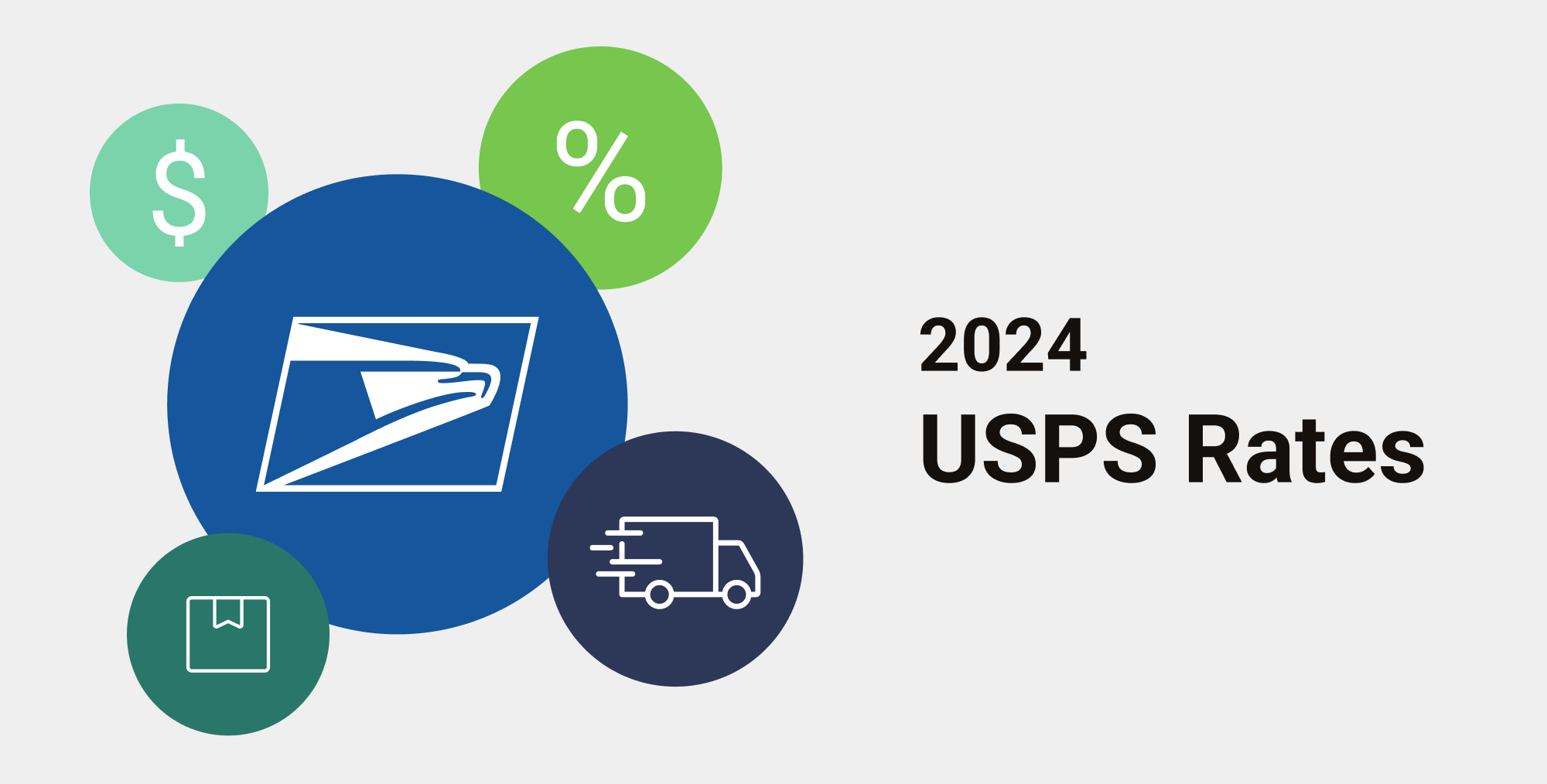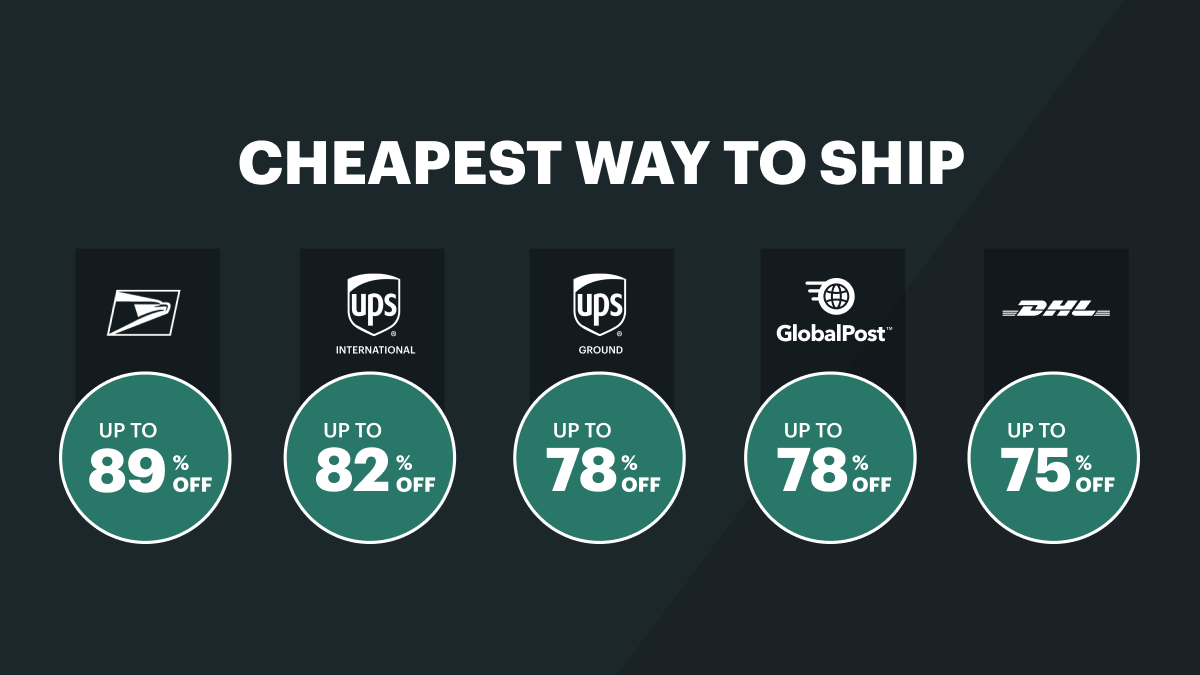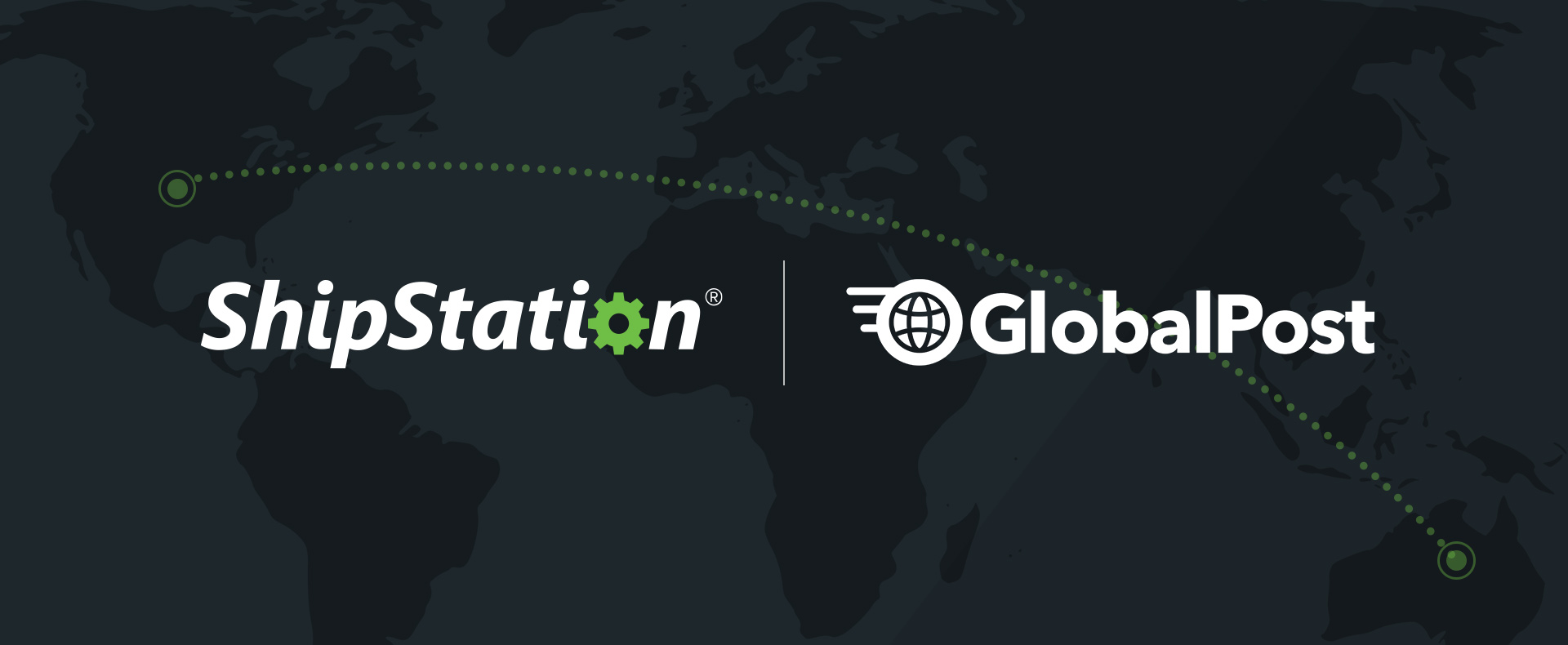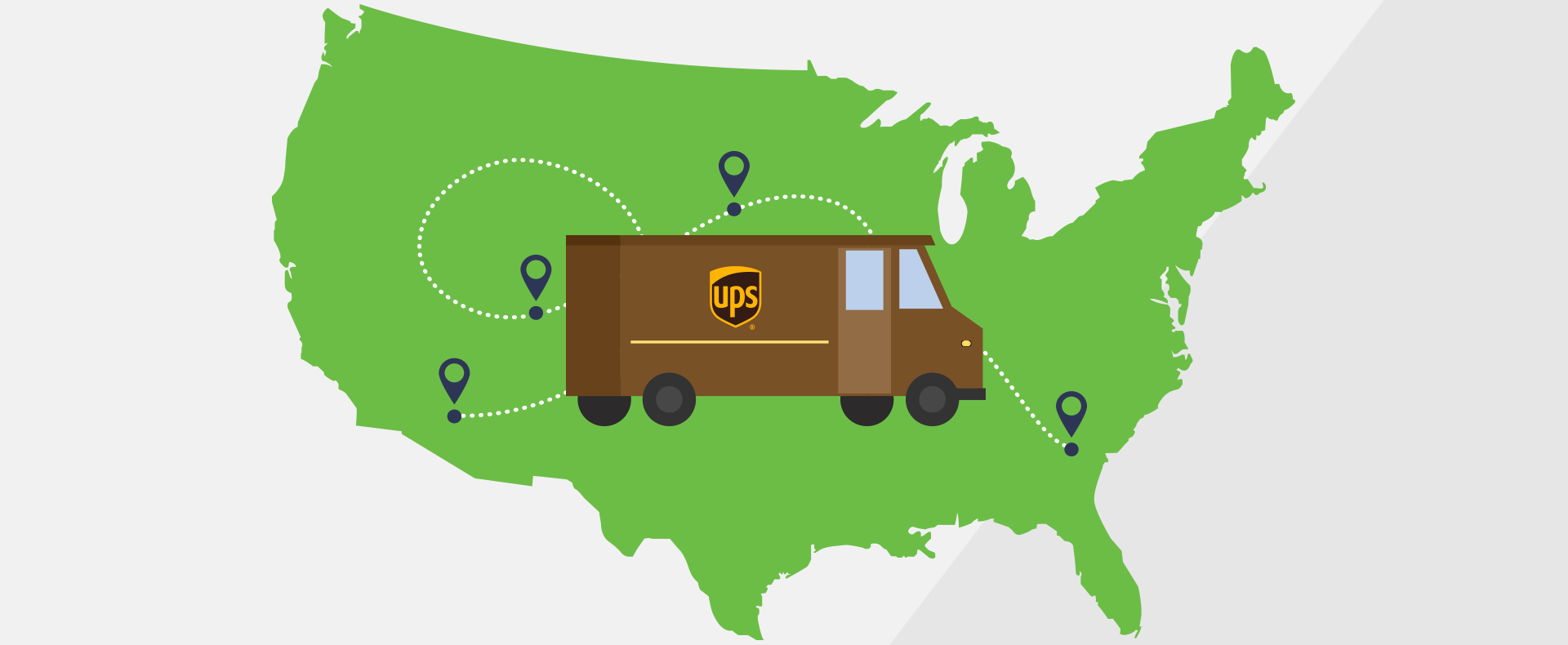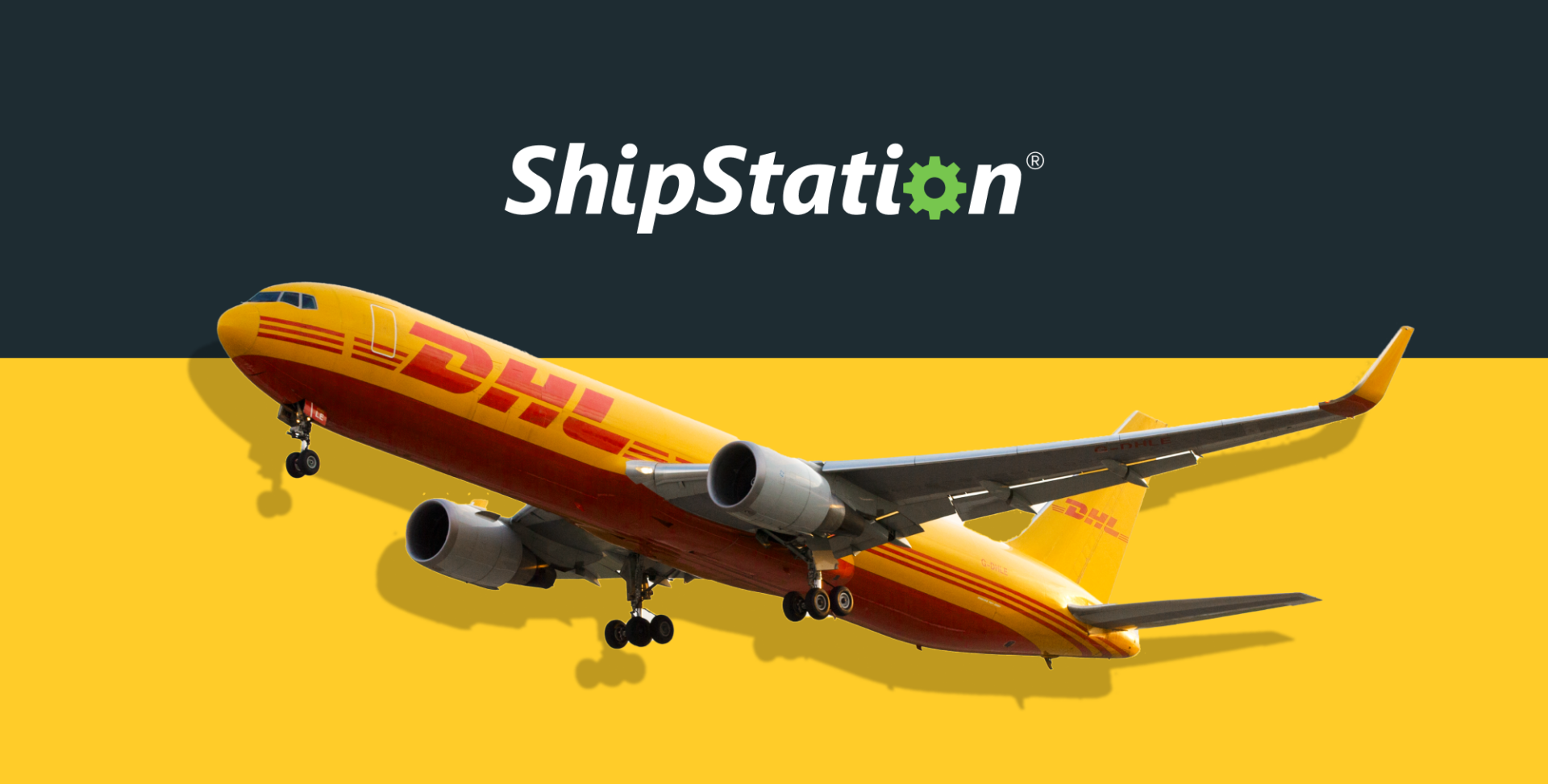How High Volume Sellers Ship Their Products
This blog was contributed by our Andrew Maff at Seller’s Choice. Andrew Maff is the Director of Marketing and Operations for Seller’s Choice, a full-service digital marketing agency for ecommerce sellers. Andrew is a digital strategy and marketing expert with over a decade of experience improving the online presence of ecommerce sellers all over the world.![]()
The most successful, high volume sellers understand how to best use strategic shipping to increase margins, differentiate from competitors, amplify promotions, reduce cart abandonment, and improve marketing.
To grow your business, look first at the foundational costs and shipping operations. Fast, reliable, and low-cost shipping solutions will help your business lower margins, while simultaneously delivering high-quality service.
We’ve analyzed what the best, high volume ecommerce consider important so you don’t have to! Here are our top six tips:
1. Choose the size and weight of products.
The best sellers take shipping into account in every step of the sales process, from procurement through customer service. They even select which products to add to their portfolio based on what the shipping costs might look like.
Keep in mind, one of the most basic influences of shipping cost is the size and weight of the product. Larger and heavier products are more expensive than smaller and lighter ones.
Beyond that, package size variation will also affect your shipping costs. If all of your products are about the same size and weight, it’s much easier to negotiate a flat rate or zone-based shipping deal with your carrier. If your products vary in size often, you may have to choose more complicated and costly shipping options.
Pro Tip: Make sure your warehouse has an accurate scaling system to check the weight and dimensions of your products. You want your own sizing data before handing products to the carrier, to ensure you’re getting charged the appropriate amount.
2. Select a shipping option.
Before even selecting a shipping carrier, you want to weigh your shipping options. How will your shipping carrier calculate the cost that your customer has to pay for shipping?
The option you select can directly impact your customer’s purchasing patterns. If shipping costs are too high, a customer might abandon the cart and look elsewhere for products with lower shipping costs. If they feel that the pricing method is too high or that the products will take too long to ship, they might neglect your brand altogether.
High volume sellers understand how important it is to select the best shipping option with the best carrier since it has a direct impact on your potential for sales.
The three key shipping options to consider include:
Flat rate shipping: Your customers pay a flat rate regardless of the order value. So whether they spend $15 or $100, they pay a $10 shipping fee. This is a simple solution, but it can often leave your store with more expensive shipping than your competitors.
Table-rate shipping: This is a more complex rate based on destination, zone, product dimensions, number of items, and shipping class. You set an associated price to each of your product types, and customers pay based on what they’re buying and where they’re shipping. Customers in certain geographies, like the U.K, tend to prefer this type of shipping because it’s more consistent.
Live rates: Customers will see the exact rate it would cost with the carrier at the time of sale. This often leads to cheaper shipping for customers located close to warehouses or with lightweight orders. It also offers the least expensive rate while still covering your costs.
Ask the question: Are you covering your shipping costs at the expense of losing clients?
3. Determine if free shipping is an option.
Every customer wants free shipping, so every company wants to offer free shipping. Free shipping is an easy promotion and it can differentiate you from your competitors. Free shipping also positively effects ecommerce conversion rates and upselling, especially if there is a minimum amount required for the customer to obtain free shipping.
But someone has to pay for that “free” shipping. You’ll need to find a way to cover those associated shipping costs. This can have major impacts on the bottom line by drastically cutting into your margins.
Here’s how you can consider offering free shipping without killing your business.
- Require a “minimum amount” spend to qualify for free shipping. For example, a customer will receive free shipping if they spend $50. This encourages upselling since customers will add more to their cart to reach the minimum threshold for free shipping. In fact, 3 in 5 consumers say they would increase their total spend just to qualify for free shipping.
- Decide if you’ll consider the cost of covering free shipping as a marketing expense or cost of goods sold. This will help you budget and strategize accordingly.
- Exclude heavy or bulky products from free shipping promotions.
- Only offer free shipping to certain regions, like those customers in the contiguous 48 states.
- Surcharge expedited rates. For example, you might offer free 10-day shipping. But for a small fee, they can receive their package in 6 days. Several customers will pay to get their products sooner, and this surcharge can help offset the free shipping costs of other customers.
- Use free shipping as a marketing tool. You can use it as an ongoing differentiator, or you can host a promotional period. For example, you could offer free shipping to customers who purchase your products the day before Thanksgiving (so you beat the Black Friday rush).
The highest volume sellers offer free shipping, but only when they see it as a marketing tool that won’t drastically cut into their margins.
4. Choose your shipping carrier wisely.
You don’t need to go with the first shipping carrier that hands you a quote. It’s okay to shop around to make sure you’re getting the best price and most reliable service.
With today’s trucking capacity crisis, some of the smaller LTL freight carriers are scrambling to get customers. This means that they’re offering fast delivery at low costs just to stay in business. While this means you might have to make sure your smaller carrier doesn’t suddenly go out of business, it also means you could get cheaper shipping for the time being.
You can also take advantage of discounts with the major carriers like USPS and FedEx. ShipStation has direct connections with these partners, so you can connect your carrier accounts, compare prices, and negotiate rates with the click of a button.
5. Think of the extra costs.
How you package your goods will also play a role in the transport cost. From unpadded boxes to padded envelopes, you’ll want to talk to your carrier about finding the cheapest and safest option for your goods. Consider packing materials, like cushioning and bubble wrap when determining your shipment costs.
The goal of packaging is to keep it as lightweight as possible while still maintaining protection around the package.
Other costs associated with shipping that you’ll need to consider:
- Shipping insurance (some carriers offer it complimentary)
- Tariffs, taxes, duties (especially international shipment)
- Paperwork fees
- Shipping labels
The most successful sellers look at the individual costs of warehousing, labeling, and shipping to see where they are excessively spending. The more in-depth your financial report for operations, the lower your costs will be in the long run.
6. Streamline shipping.
The most successful sellers don’t actually think about shipping. Just like they outsource their marketing and design, they outsource shipping to someone who knows how to do it best.
ShipStation attracts the most successful sellers because they see the value in streamlining operations with an easy-to-use software system. From order import to shipping labels to shipment emails, ShipStation takes care of the details so you can focus on strategy. Check out the features and integrations to see how quickly you can get up and running—and how quickly you can start growing.
And if you’re looking for more growth, traffic, and volume, check out Seller’s Choice right now. They offer ecommerce marketing solutions that will have the sales rolling in, so your shipments can start rolling out. Learn more about the  here!
here!

